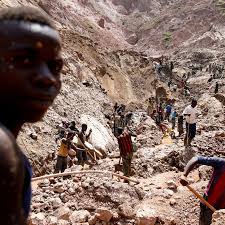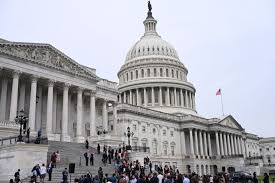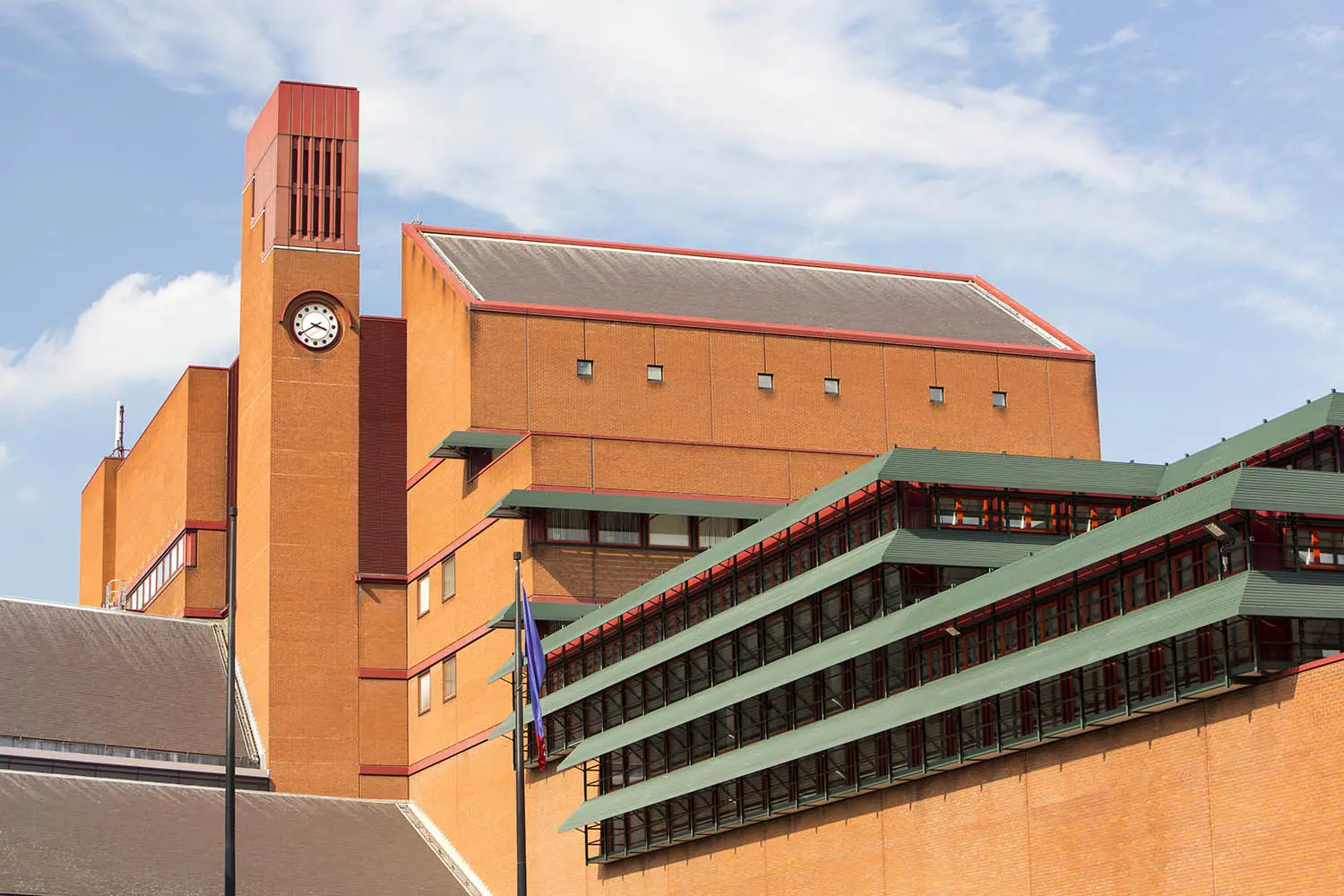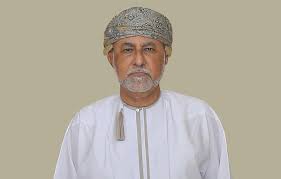Deep in the hills near Rubaya, a town in eastern Democratic Republic of Congo (DRC), thousands of men, women, and children work daily under harsh conditions in dangerous, hand-dug mines. They extract coltan, a rare mineral used in smartphones, laptops, jet engines, and more.
Rubaya produces about 15% of the world’s coltan, but this valuable mineral is also funding armed rebels, fueling a long-running conflict, and drawing global political and business interest.
Since April 2024, the M23 rebel group, backed by Rwanda (according to the United Nations), has taken control of Rubaya. The group has imposed taxes on coltan traders, reportedly earning over $800,000 per month, according to a UN report.
M23’s stated aim is to protect Congo’s Tutsi minority and challenge the national government in Kinshasa. The group now controls the coltan trade, transport routes, and even tax systems in the area.
Local miners say life under the rebels is more stable than it was under Congolese forces, but human rights abuses, including child labor, are still widespread. Reuters journalists witnessed children working in mines some deep underground, others washing and sorting coltan in open basins.
Coltan mined in Rubaya is smuggled across the border to Rwanda, often under the cover of night. Once in Rwanda, it is mixed with legally mined minerals and shipped abroad, mainly to Asia, where it is refined into tantalum, a metal that sells for over $300 per kilo.
Despite efforts by the UN and international watchdogs to clean up the supply chain, conflict minerals continue to reach global markets. According to experts, reforms started in 2010 to stop this trade have largely failed.
“Here we are, 15 years later, and the same thing is happening,” said Gregory Mthembu-Salter, a former UN expert on Congo.
In response to the illegal trade, the United States recently imposed new sanctions—surprisingly not on M23, but on PARECO-FF, a pro-government militia that controlled Rubaya before M23. The U.S. says it is trying to protect access to critical minerals while pushing for peace.
Meanwhile, peace talks are underway in Doha, Qatar, between Congo, M23, and Rwanda. A U.S.-brokered deal promises billions in investment and aims to stabilize the region. However, M23 is not officially part of the U.S. peace process but is involved in Qatar-led parallel negotiations.
“The U.S. wants peace, but it also wants access to minerals vital for its industries and defense,” said John Hurley, U.S. Undersecretary for Terrorism and Financial Intelligence.
While diplomats work on peace, American investors are also circling the Rubaya mine. Gentry Beach, a Texas hedge fund manager and close ally of former President Donald Trump, is reportedly leading a group negotiating a majority stake in the mine.
Critics, including over 50 U.S. lawmakers, have raised concerns about conflicts of interest and lack of transparency in these dealings. The White House claims the deal will benefit all parties and bring long-term peace.
Back in Rubaya, miners like Pascal Nsabimana, 32, say they earn more under M23 than before about $5 a day, triple their former wages. But the work is still dangerous and poorly regulated.
Transporting ore has also changed. Instead of smugglers on motorbikes sneaking across borders, coltan is now loaded into pickup trucks and SUVs, driven openly through rebel-held cities like Goma and Bukavu, where Congolese troops no longer patrol.
Despite talks and investment deals, 319 civilians were reportedly killed last month in areas controlled by M23, raising doubts about peace efforts.
“It’s difficult to secure peace when the national army has no presence in rebel zones,” said Josaphat Musamba, a Congo-based researcher.
The DRC is rich in not just coltan, but cobalt, copper, lithium, gold, and diamonds. While China dominates Congo’s formal mining sector, the U.S. is keen to claim its stake.
But experts warn that without serious reform, Rubaya’s coltan could continue to fund war, exploitation, and environmental destruction—rather than bring prosperity to the region.
“Transforming this mine into a modern, ethical operation is a massive challenge,” said a senior diplomat. “And no one is talking about how to actually do it.”



